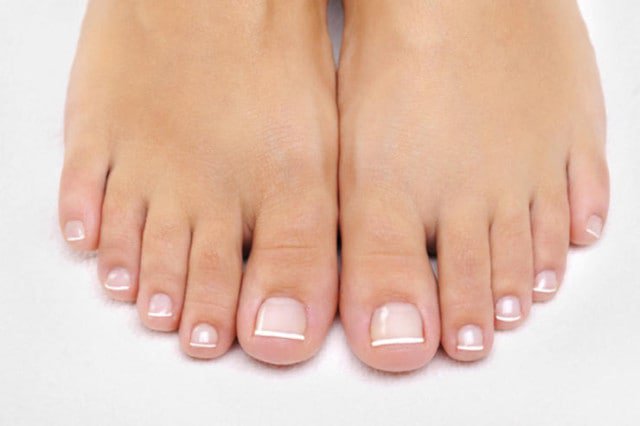Blister Busters
A painful blister can sideline a runner. While most blisters don’t pose a serious health risk, they should be treated with respect.
Annoying and painful, blisters are caused by friction, usually your shoes or socks rubbing against your skin. Anything that intensifies rubbing can start a blister, including a faster pace, poor-fitting shoes and foot abnormalities, such as bunions, heel spurs and hammertoes. Heat and moisture intensify friction by making your feet swell.
That explains why many runners only suffer blisters during races, especially marathons. You’re perspiring more, running faster and longer, sloshing through water stations and, if its warm, pouring water over your head.
The body responds to the friction by producing fluid, which builds up beneath the part of the skin being rubbed, causing pressure and pain. A blood blister occurs when the friction ruptures tiny blood vessels.
While most blisters don’t pose a serious health risk, they should be treated with respect. A painful blister can sideline a runner, but more importantly, a blister can also get infected. Serious infections can result when one uses a dirty needle to pop a blister.
Prevention of blisters
– Moisten your feet. Just like sweaty skin, dry skin is also more prone to friction. Use skin creams and lotions liberally on a daily basis to maintain proper moisture.
– Choose blister-free socks. Synthetic socks wick moisture away from the skin. Cotton may be lighter, but it retains fluid. Socks with reinforced heels and toes also help reduce friction.
– Run with slick skin. Coat your feet with Vaseline or another lubricant before you run. Or use a padded tape that stays on even when wet. Both methods form a protective shield between your skin and sock.
– Double up. Wear two pairs of socks so the friction occurs between the two socks, rather than between the sock and skin. If your shoe now feels too tight, go up a half-size as long as your foot doesn’t slide around, making blisters a possibility.
– Wear shoes and socks that fit. Shoes that are too small will cause blisters under the toes and on the ends of the toenails. There should be a thumbs width of space between the toes and end of the toe box. Your socks should fit smoothly, with no extra fabric at the toes or heels.
Treatment of blisters
If you have a large blister, drain it. If you don’t drain it, your blister will hurt, and it could puncture on its own.
To drain the blister, wash your hands, then wipe a needle with alcohol to sterilise it. Don’t put the needle in a flame, says Dr. Laps. You’ll get carbon particles in your skin, he says. The carbon can further irritate the wound.
Once you’ve punctured the blister, carefully drain the liquid by pushing gently with your fingers near the hole. Then cover the blister with a tight bandage to keep bacteria from getting in.
You can take the bandage off periodically and soak your foot in Epsom salts (follow package directions) to draw out the fluid. After soaking, put on a fresh bandage. It’s a good idea to keep a bandage on until the skin tightens up again.
If you’ve got a small blister, leave it intact. The skin acts as a protective covering over a sterile environment. Furthermore, if the fluid amount is small and you try to pop it, you could cause additional problems by making it bleed. Leave small blood blisters intact, also. Otherwise, you risk getting bacteria into your bloodstream.
For small blisters, cut a hole the size of the blister in the middle of a piece of moleskin, then place it over the blister and cover it with gauze. The blister will dry out and heal on its own.
A blister under a nail is best treated by a professional. You never want to deliberately remove the toenail.


